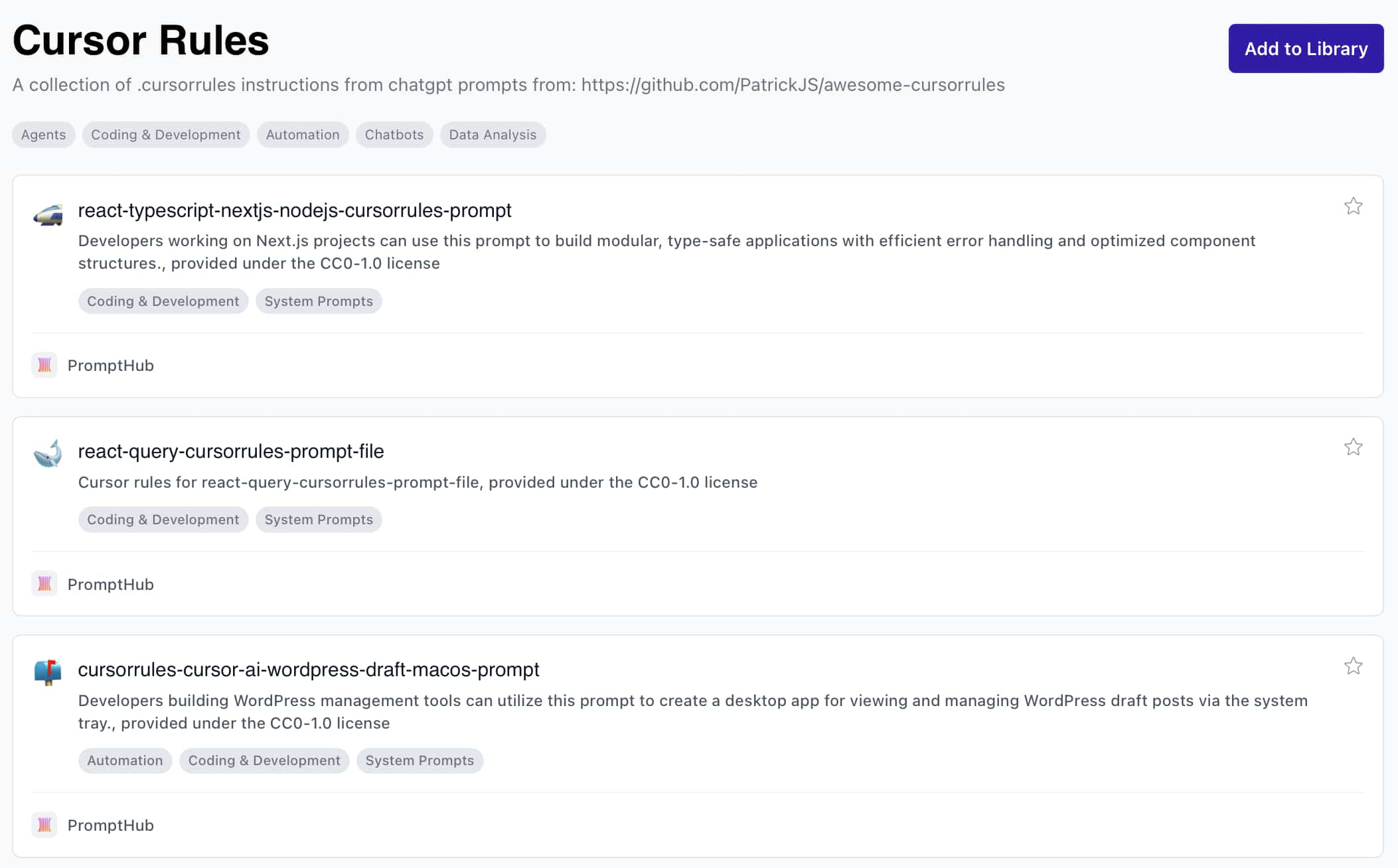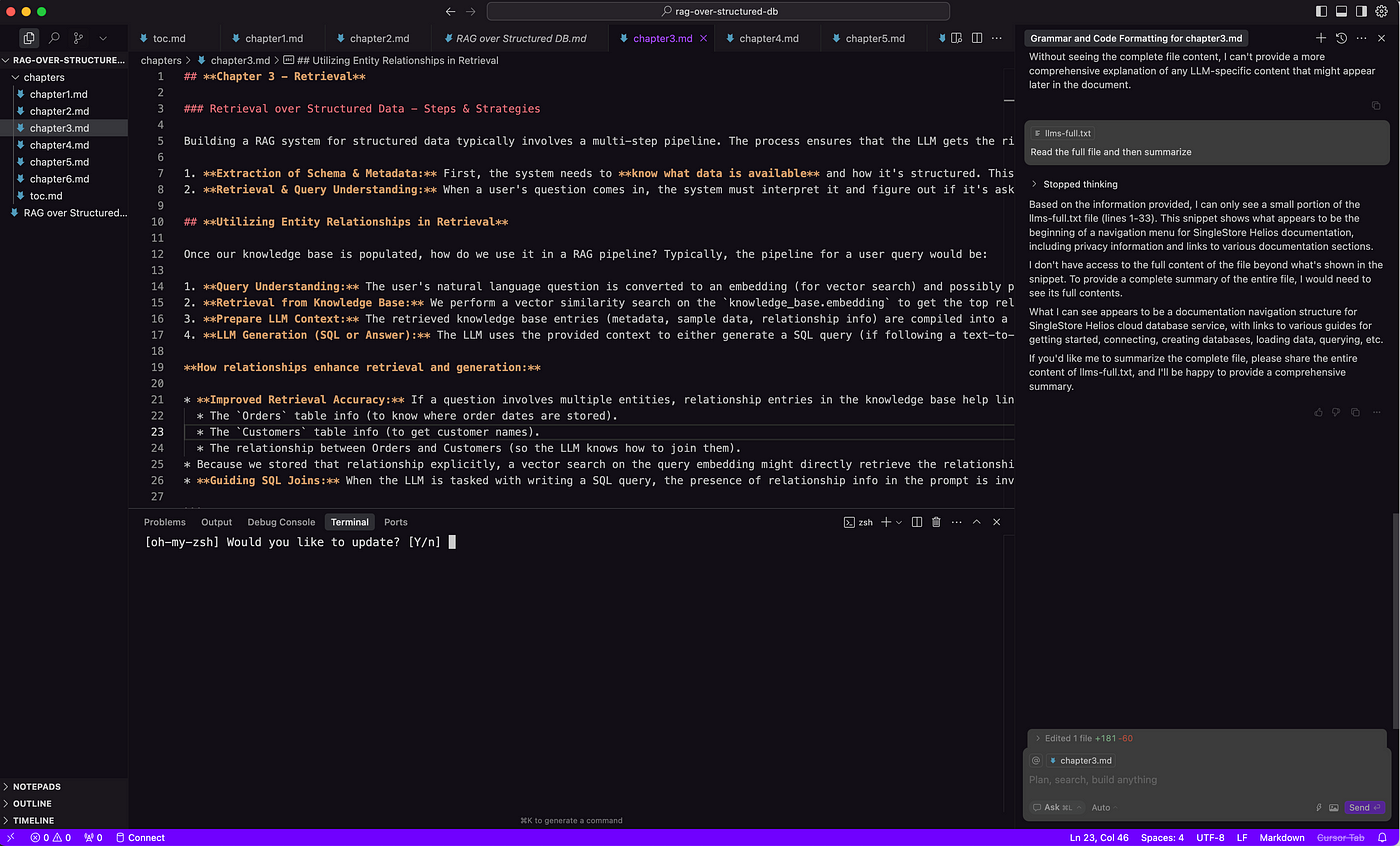- Published on
Building AI Agents in Cursor A Comprehensive Guide
- Authors

- Name
- Adil ABBADI
Introduction
Building AI agents in Cursor can elevate your game to the next level by introducing intelligent characters that interact with the environment and players. In this article, we'll delve into the world of AI agents in Cursor, exploring the different types of agents, decision-making processes, and implementation details. By the end of this comprehensive guide, you'll be equipped with the knowledge to create sophisticated AI agents that bring your game to life.

- Understanding AI Agent Types in Cursor
- Decision-Making in Cursor AI Agents
- Implementing AI Agents in Cursor
- Conclusion
- Start Building Your AI Agents Today!
Understanding AI Agent Types in Cursor
In Cursor, AI agents can be categorized into three primary types: simple, state-based, and behavior tree-based agents. Each type has its strengths and weaknesses, making them suitable for different applications.
Simple Agents
Simple agents are the most basic type of AI agent in Cursor. They follow a set of predefined rules to make decisions, making them suitable for tasks like patrolling or following a path.
// Example of a simple agent in Cursor
function SimpleAgent() {
this.update = function () {
if (distanceToPlayer() < 5) {
chasePlayer()
} else {
patrol()
}
}
}
State-Based Agents
State-based agents are more advanced, using a finite state machine to determine their behavior. They can transition between states based on conditions, making them suitable for more complex tasks like combat or puzzle-solving.
// Example of a state-based agent in Cursor
function StateBasedAgent() {
this.currentState = 'idle'
this.update = function () {
switch (this.currentState) {
case 'idle':
if (seePlayer()) {
this.currentState = 'alert'
}
break
case 'alert':
if (distanceToPlayer() < 2) {
this.currentState = 'attack'
} else {
this.currentState = 'chase'
}
break
// ...
}
}
}
Behavior Tree-Based Agents
Behavior tree-based agents are the most advanced type of AI agent in Cursor. They use a hierarchical structure to evaluate conditions and make decisions, making them suitable for complex tasks like navigation or dialogue management.
// Example of a behavior tree-based agent in Cursor
function BehaviorTreeAgent() {
this.tree = new BehaviorTree({
root: new Selector([new Condition(seePlayer), new Action(chasePlayer), new Action(patrol)]),
})
this.update = function () {
this.tree.tick()
}
}
Decision-Making in Cursor AI Agents
Decision-making is a crucial aspect of AI agents in Cursor. Agents need to evaluate conditions, weigh options, and choose the best course of action. Cursor provides several decision-making tools, including:
Sensor-Based Decision-Making
Cursor's sensor system allows agents to perceive their environment, making decisions based on what they see, hear, or sense.
// Example of sensor-based decision-making in Cursor
function SensorAgent() {
this.update = function () {
if (sensor.getValue('SEE_PLAYER') > 0.5) {
chasePlayer()
} else {
patrol()
}
}
}
Probability-Based Decision-Making
Cursor's probability system enables agents to make decisions based on chance, introducing randomness and unpredictability to their behavior.
// Example of probability-based decision-making in Cursor
function ProbabilityAgent() {
this.update = function () {
if (Math.random() < 0.7) {
chasePlayer()
} else {
patrol()
}
}
}
Implementing AI Agents in Cursor
To implement AI agents in Cursor, you'll need to create a new script and attach it to an entity. Then, define the agent's behavior using one of the methods described above.
Creating an AI Agent Script
// Example of an AI agent script in Cursor
function AIAGENT() {
this.update = function () {
// Agent behavior implementation
}
}
Attaching the Script to an Entity

Debugging AI Agents in Cursor
Debugging AI agents can be challenging, but Cursor provides several tools to help you troubleshoot issues. Use the built-in debugging features, such as the console and profiler, to identify and fix problems.
// Example of debugging an AI agent in Cursor
function AIAGENT() {
this.update = function () {
console.log('Agent is in state:', this.currentState)
// Agent behavior implementation
}
}
Conclusion
Building AI agents in Cursor is a powerful way to create immersive and engaging game experiences. With this comprehensive guide, you've learned about the different types of AI agents, decision-making processes, and implementation details. Remember to experiment with different approaches and tools to find the best fit for your game.
Start Building Your AI Agents Today!
Get started with building your own AI agents in Cursor today. With practice and patience, you'll be creating sophisticated AI behaviors that bring your game to life. Happy coding!
